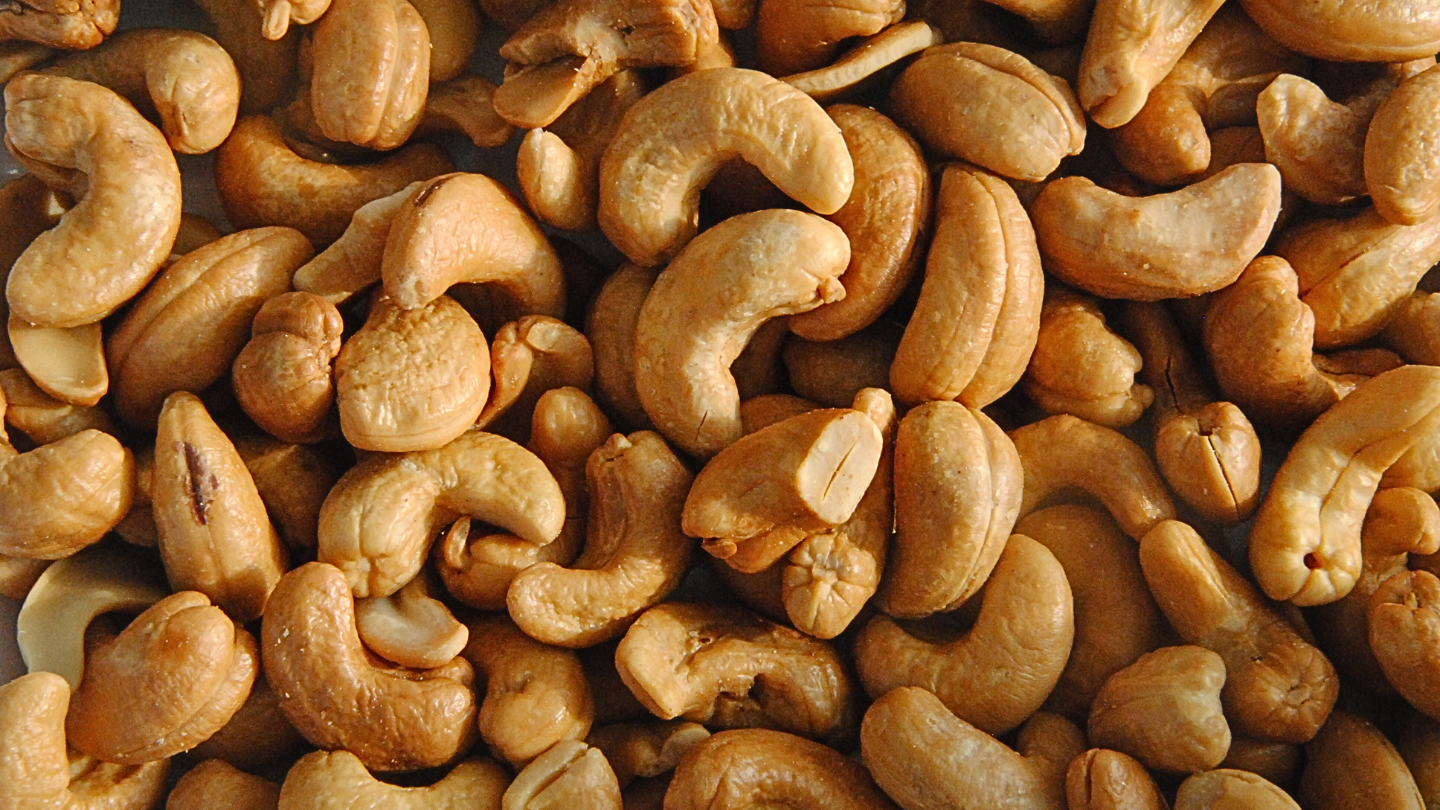Việt Nam is not only famous for its rice and coffee but is also a global powerhouse in cashew nut exports. The growth of the cashew industry contributes not only to the nation’s economy but also improves the livelihood of millions of farmers. Let’s explore the details about the distribution, area, production, and season characteristics of cashew nuts in Vietnam. Join Hạt Điều Lê Dương in discovering Vietnamese cashews: distribution, production, and seasons!
Distribution of cashew trees in Vietnam
Cashew trees, introduced to Vietnam decades ago, have become an indispensable part of Southern and Central agriculture. Key cultivation areas include:
- Binh Phuong: Known as the “cashew capital” of Vietnam, this province accounts for over 50% of the nation’s total cashew plantation area. Its unique climate and soil conditions contribute to the renowned quality of its cashew products.
- Dong Nai and Ba Ria – Vung Tau: These provinces have a long-standing tradition of cashew cultivation, with stable yields that significantly contribute to both local and export supplies.
- Tay Nguyen (Central Highlands): Provinces like Dak Lak and Dak Nong are increasingly expanding their cashew plantation areas thanks to vast land potential and a hot, sunny climate.
Cashew tree distribution depends not only on natural conditions but also on government support and sustainable rural development programs.
Cashew cultivation area
Below are the statistics on cashew cultivation and harvest areas in Vietnam over recent years:
| Year | Harvested area (thousand hectares) | Total area (thousand hectares) |
|---|---|---|
| 2020 | 290.0 | 300.0 |
| 2021 | 285.0 | 295.0 |
| 2022 | 280.0 | 290.0 |
| 2023 | 275.0 | 285.0 |
| 2024 | 270.0 | 280.0 |
Although the cultivation area has slightly decreased in recent years due to factors such as climate change and competition from other crops, the government and businesses have made efforts to invest in new crop varieties, improve techniques, and apply modern technology to maintain productivity and quality.
Cashew production
Vietnam not only leads the world in cashew exports but has also established a value chain from production to processing. Below are the statistics on cashew production and yield over the years:
| Year | Production (thousand tons) | Yield (tons/hectare) |
|---|---|---|
| 2020 | 340.0 | 1.17 |
| 2021 | 330.0 | 1.16 |
| 2022 | 320.0 | 1.14 |
| 2023 | 310.0 | 1.13 |
| 2024 | 305.0 | 1.13 |
Vietnam currently accounts for over 80% of the global cashew export market, supplying products to more than 90 countries and territories. The average yield remains stable, reflecting continuous efforts to optimize production processes.
Seasonal characteristics
The cashew season in Vietnam spans from November to April of the following year, with notable highlights:
- Flowering and fruiting phase: From November to January, cashew trees enter the flowering period, considered a critical stage that determines yield.
- Harvest time: From February to April, dry and rain-free weather creates ideal conditions for manual harvesting, ensuring nut quality.
Additionally, the adoption of modern care techniques has helped farmers improve seasonal efficiency, while mitigating the effects of pests and climate change.
 Economic significance
Economic significance
The cashew industry not only generates substantial revenue but also provides employment for millions of workers, from farmers to factory workers in processing plants. Cashews currently account for a significant share of agricultural export turnover, exceeding 3.5 billion USD annually and contributing greatly to the national GDP.
Beyond its economic value, Vietnamese cashews reflect the image of a nation striving for advancement, affirming its position on the international stage with high-quality products.
Conclusion
Cashews are not just an economic story; they symbolize resilience, innovation, and the ambition to reach further. The robust growth of Vietnam’s cashew industry is a testament to the potential of sustainable agriculture and the relentless efforts of farmers and businesses.
Vietnamese cashews—from the modest fields of farmers to international markets—continue to leave their mark as one of the country’s most successful agricultural sectors.




